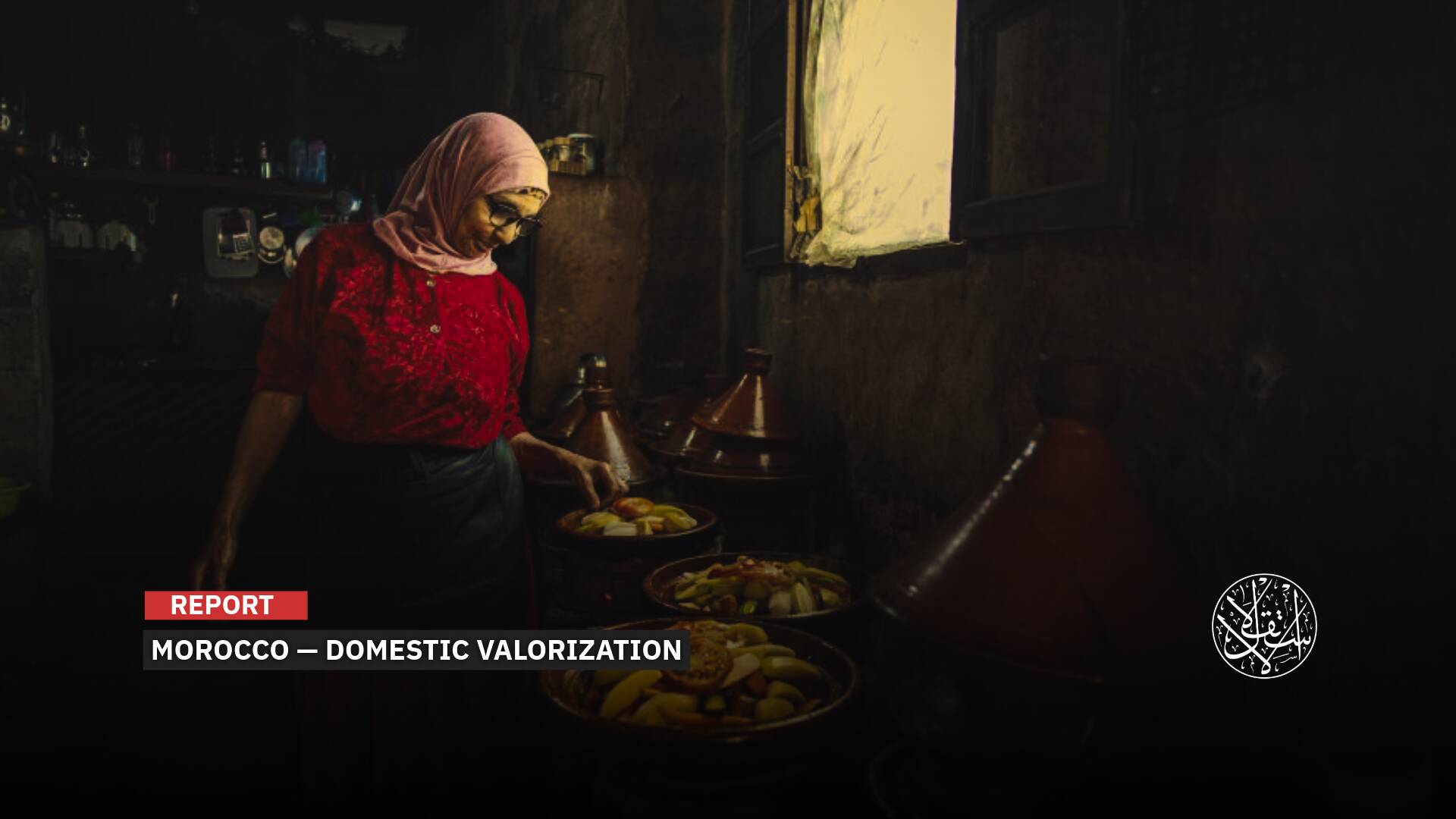‘Tripledemic’ Hit Europe and America, Pushing Hospitals to the Brink of Collapse

Not many people have heard of respiratory syncytial virus (RSV), but this unpopular pandemic, commonly causing pneumonia and bronchiolitis, is filling up hospital beds across Europe and the Americas.
Added to the rising admissions for other respiratory infections, like influenza and Covid-19, the virus is driving European and American healthcare systems to the brink of collapse.
The European Centre for Disease Prevention and Control (ECDC) recently said there are some countries that are experiencing unexpected increases in RSV detections, with rising pediatric hospital admissions in France, Ireland, Spain, Sweden, and the US.

Wave of Viruses
In its latest report, ECDC said there are unusually early increases in RSV detections amid a wave of infectious diseases and rising pediatric hospital admissions in France, Ireland, Spain, Sweden, and the US.
“With the continued impact of the Covid-19 pandemic and the circulation and health impact of other respiratory pathogens, it is challenging to predict how the new winter period will develop,” a joint statement by the ECDC, European Commission, and World Health Organization said.
In the same context, the Pan American Health Organization (PAHO) said in its statement a month ago that RSV burdens healthcare systems across Brazil, Canada, Uruguay, Mexico, and the US as well.
It said the most affected were children under the age of one.
“The rise of a single respiratory infection is a cause for concern. When two or three start impacting a population concurrently, this should put us all on alert,” said the PAHO director, Dr. Carissa F. Etienne.

The spread of Covid, RSV, and flu in the same period was bad news for adult hospital blocs. Even in normal conditions, “an estimated 60,000 to 120,000 older adults are hospitalized, and 6,000 to 10,000 of them die from RSV in the US alone,” according to The Guardian.
And now, there is a big threat to children’s health with RSV.
This respiratory virus causes mild cold-like symptoms but is also the leading cause of pneumonia and bronchiolitis among young infants. Worse still, RSV is behind 3.6 million hospital admissions and more than 100,000 deaths aged under five each year globally.
One in 56 babies, despite being born healthy, will suffer from RSV during their first year, even in developed countries like Canada and the United States.
There is no specific medicine for the infected, but those with severe symptoms will be provided with supplemental oxygen, intravenous fluids, or mechanical ventilation until they feel better. Therefore, providing sufficient intensive care beds in hospitals is essential.
Since Covid-19 restrictions were lifted, it became hard for Europe and America to plan for this Tripledemic peak (Flu, RSV, and Covid).
Between July 2021 and February 2022, America witnessed regularly high RSV infections, followed by a further spike during July and August 2022.
Unfortunately, the number of infected people is increasing again, especially among newborns, as their RSV hospitalization rates are seven times higher than in 2018.
Meanwhile, things are getting worse in European countries as well. Louis Bont, a pediatric infectious diseases specialist at the Wilhelmina children’s hospital in Utrecht, the Netherlands, said that “in previous years, we had a system where if there was not enough capacity in the Netherlands, children would go to Germany or Belgium because those countries had already had their RSV season, or it was still to come.”

“Now, at the moment we are reaching our peak, Germany is also transferring children to the Netherlands. It seems that several neighboring countries may have reached the peak of their epidemics at the same time,” he added
Bont said next weeks and months could be more difficult; “usually, these viruses follow each other, so first you have one virus, then the other, then the other, but now they all seem to be coming at the same time.”
“RSV is the most problematic but the pressure on pediatric wards, and in particular intensive care units, is really making it difficult to have enough capacity to take care of life-threateningly ill children,” he added.
Pressure On NHS
Amid British and American concerns, the NHS was put under extra pressure in the first days of winter 2022 as waiting lists reached another high record.
There are 7.2 million patients awaiting treatment in the UK. The Health Foundation charity said the situation is critical, and hospitalization systems are “gridlocked,” putting the safety of patient care at risk.
The NHS confirmed “the post-pandemic impact of viruses circulating again,” amid another jump in the number of beds needed for flu patients two weeks ago, “up 49% on the previous seven days,” according to the public health care systems.
About 772 general and critical care beds were seized by patients with flu in the week to 4 December, while there were just 34 beds occupied in the first days of December 2021, not to mention the shortage of antivirals and antibiotics.

According to NHS England, the number of norovirus cases is also increasing, “up almost 90% on the same time last year while the number of pediatric beds unavailable due to RSV is five times higher than the same week last year, with an average of 132 each day compared with 22 in the same period in 2021.”
Patients in urgent need to be hospitalized have to wait at least 30 minutes, as one in seven arriving by ambulance still waits more than an hour to be treated in A&Es.
The NHS’s national clinical director, Julian Redhead, said the service was “dealing with a perfect storm of pressures this winter.”
He said existing pressures were exacerbated because flu hospitalizations and the number of patients requiring A&E care have sharply increased, in addition to the existing problems with social care.

Germany, the Most Affected
As RSV cases soar, Germany faces a catastrophic pediatric bed shortage, reaching a situation that seems harder than the UK and America.
German doctors of intensive care have already warned that “hospital pediatric units in the country reached a breaking point due to rising cases of respiratory illnesses, especially among infants.
The intensive care association DIVI said, “the seasonal rise in respiratory syncytial virus (RSV) cases and a shortage of nurses was causing a catastrophic situation in hospitals.
The situation pushed German doctors to make difficult decisions about which children to put in limited intensive care beds and who to transfer to other hospitals with spare capacity.

DIVI said a recent survey showed less than 100 free pediatric beds nationwide and that the situation could worsen.
Sebastian Brenner, head of the pediatric intensive care unit at University Hospital Dresden, told German news channel n-tv: “If the forecasts are right, then things will get significantly more acute in the coming days and weeks.”
“We see this in France, for example, and in Switzerland. If that happens, then there will be bottlenecks when it comes to treatment.”
Other doctors warned that, in some cases, doctors have already been unable to adequately provide the urgent care some children need.
Dr. Michael Sasse, head of pediatric intensive care at Hanover’s MHH University hospital, said that “the situation is so precarious that we genuinely have to say children are dying because we can’t treat them anymore.”













